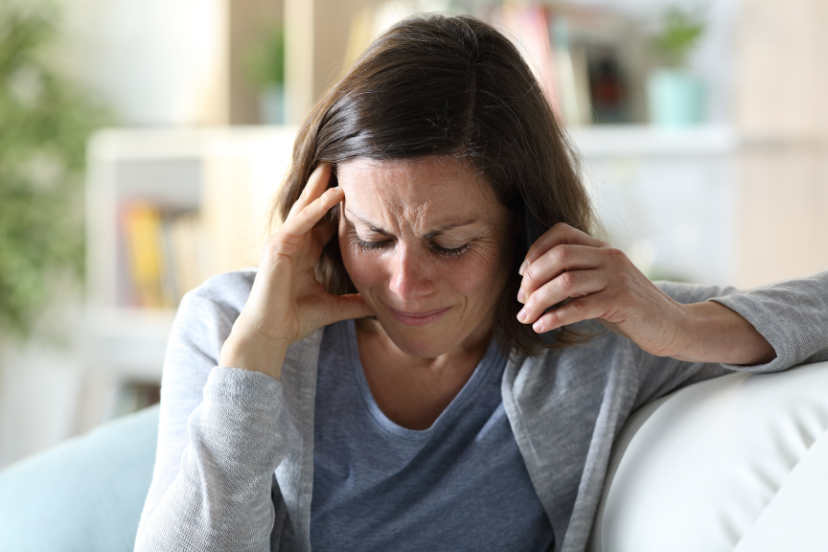Understanding Senile Osteoporosis: A Comprehensive Guide
Introduction:
Senile osteoporosis is a common condition characterized by decreased bone density and increased risk of fractures, primarily affecting older adults. In this guide, we delve into the intricacies of this condition, shedding light on its causes, symptoms, prevention, and treatment options.
What is Senile Osteoporosis?
Defining Senile Osteoporosis
Senile osteoporosis is a type of osteoporosis that occurs due to aging-related changes in bone structure and density. It primarily affects individuals over the age of 70 and is characterized by fragile bones susceptible to fractures.
Causes and Risk Factors
Age-related Bone Loss
As individuals age, bone density naturally decreases, leading to a higher risk of osteoporosis. This condition is often a result of age-related bone loss and hormonal changes.
Hormonal Changes
Changes in hormone levels, particularly estrogen in women and testosterone in men, contribute to bone loss and increase the risk of senile osteoporosis.
Symptoms and Diagnosis
Silent Disease
Senile osteoporosis is often referred to as a “silent disease” because it progresses without noticeable symptoms until a fracture occurs. Common fractures associated with this condition include hip, spine, and wrist fractures.
Diagnostic Tools
Bone mineral density (BMD) testing, typically performed through dual-energy X-ray absorptiometry (DEXA) scans, helps diagnose the condition and assess fracture risk.
Management and Treatment
Lifestyle Modifications
Engaging in weight-bearing exercises, maintaining a balanced diet rich in calcium and vitamin D, and avoiding smoking and excessive alcohol consumption can help prevent and manage osteoporosis in elderly.
Medications
Physicians may prescribe medications such as bisphosphonates, hormone therapy, and bone-building medications to slow bone loss and reduce fracture risk in individuals with senile osteoporosis.
FAQs: Addressing Common Concerns
1. Is senile osteoporosis preventable?
This is not entirely preventable, lifestyle modifications, including exercise, dietary changes, and avoiding smoking and excessive alcohol consumption, can help reduce the risk of bone loss and fractures.
2. Are women more susceptible to senile osteoporosis than men?
Yes, women are at a higher risk of developing osteoporosis due to hormonal changes, particularly decreased estrogen levels during menopause, which accelerates bone loss.
3. What are the consequences of untreated osteoporosis in elderly?
Untreated osteoporosis in elderly can lead to debilitating fractures, chronic pain, loss of independence, and decreased quality of life.
4. Can dietary supplements help manage?
Calcium and vitamin D supplements may be recommended for individuals with senile osteoporosis to support bone health and reduce fracture risk. However, it’s essential to consult with a healthcare professional before starting any supplementation.
5. Are there alternative therapies for osteoporosis in elderly?
Some individuals may explore alternative therapies such as acupuncture, herbal supplements, and dietary modifications to complement conventional treatments for osteoporosis in elderly. However, evidence supporting their efficacy is limited, and consultation with a healthcare provider is advised.
6. How often should individuals undergo bone density testing for senile osteoporosis?
The frequency of bone density testing depends on individual risk factors and medical history. Generally, healthcare providers may recommend testing every 1-2 years for individuals at higher risk of this condition.
Conclusion: Empowering Bone Health
Senile osteoporosis presents unique challenges for older adults, but with proactive management and lifestyle modifications, individuals can reduce their risk of fractures and maintain bone health as they age. By understanding the causes, symptoms, and treatment options for osteoporosis, individuals can take proactive steps to preserve their mobility and quality of life in later years. Stay informed, stay active, and prioritize bone health on your journey towards healthy aging.




